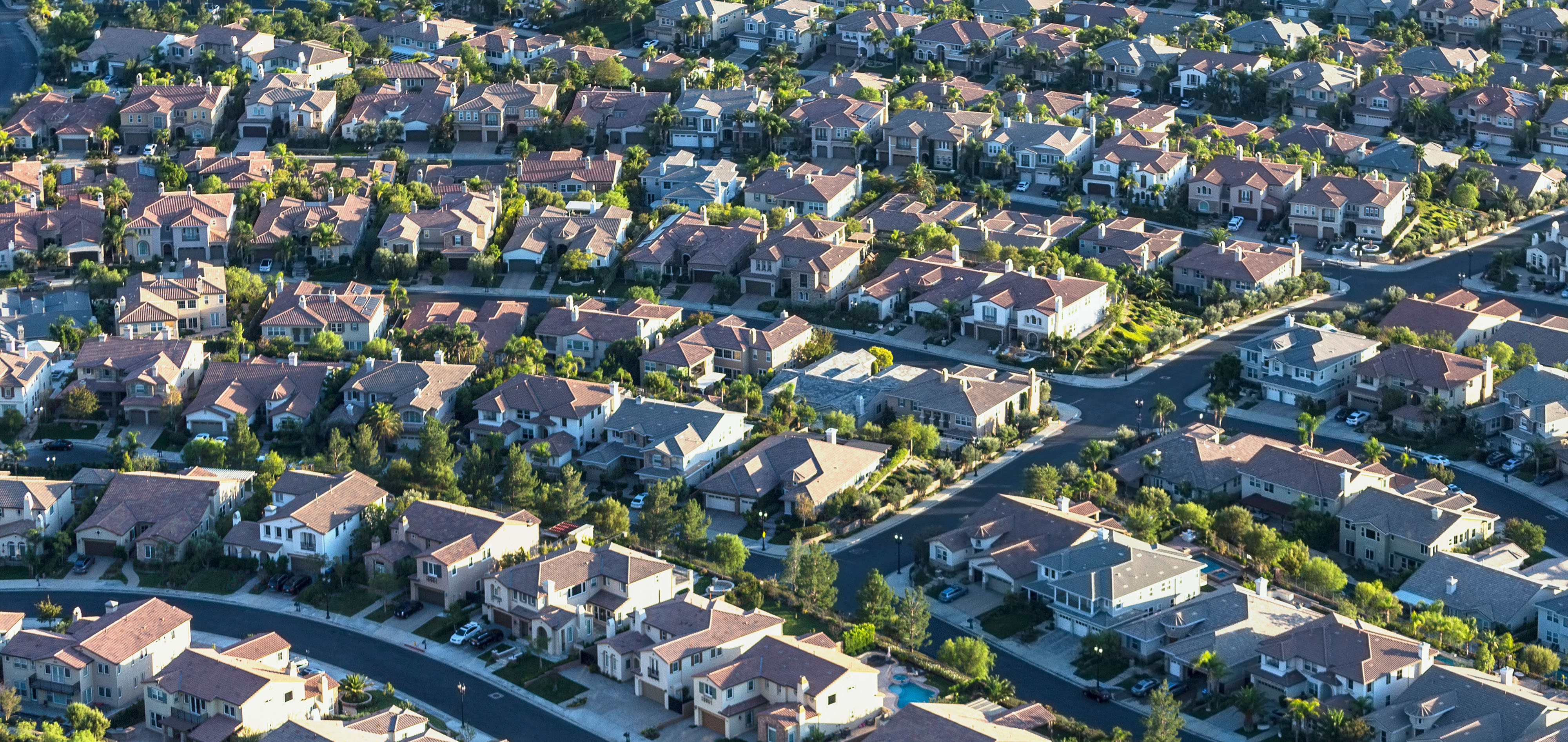Sustainable Insurance Strategy
California Homeowners Insurance Market Snapshot

8.4 Million
662
ZIP Codes in distressed areas
555,868
FAIR Plan policy counts in March 2025 (+104,000 since September 2024)
California: $1,571
National: $1,512
Average homeowner premium
23
Number of rate filings under review in Q1 2025
17
Number of rate filings approved in Q1 2025
281 days
(-71 days from 2023 average)
Average time to approve rate filings in 2024
256 days
Non-Intervened Rate Filings
529 days
Intervened Rate Filings
$1.3 Million
Intervenor fees awarded in 2025 (to date)
(Updated July 1, 2025 - Detailed data sources below | Explanation of Key Terms)
The Sustainable Insurance Strategy
The Sustainable Insurance Strategy aims to stabilize California’s insurance market, which serves consumers, homeowners, and businesses. Although voters approved Proposition 103 over 30 years ago, its regulations have largely remained unchanged despite the growing challenges posed by climate change and other external factors.
Based on feedback gathered from thousands of town halls and meetings with homeowners, businesses, and individual consumers during his first term, Commissioner Lara implemented an aggressive approach to modernize insurance regulations. These updates are designed to better address consumer needs and increase the availability of insurance coverage statewide—including securing the first-ever guarantee of coverage.
Unlike utilities, insurance companies were not previously required by law to write policies, making coverage availability subject to individual business decisions. This lack of obligation contributed to an insurance availability crisis exacerbated by climate change and global inflation. By modernizing regulations, Commissioner Lara’s strategy aims to address these challenges and provide a more reliable insurance market for Californians.
Insurance companies will be required to write more policies in wildfire-distressed areas and reverse the growth of the FAIR Plan, California’s “last resort” insurance plan. This “first in history” requirement will create more options for Californians in all corners of the state.
Key Milestones:
- Extensive Public Engagement: Commissioner Lara conducted thousands of town halls and meetings with stakeholders across the state. These sessions provided invaluable insights into the challenges faced by Californians and shaped the strategy’s priorities. Commissioner Lara invites public input on the latest major step to expand insurance coverage in California (November 21, 2024)
- Regulatory Modernization: Recognizing the limitations of regulations established under Proposition 103, Commissioner Lara initiated a series of updates to make policies more responsive to today’s challenges. This included the first-ever guarantee of coverage, ensuring greater access to insurance statewide. These efforts included several critical milestones:
- Intervenor transparency reforms to increase accountability in the rate-making process. Prop 103 Consumer Intervenor Process
- Modernization of the FAIR Plan to expand coverage, improve financial stability, and enhance transparency. Commissioner Lara continues bold insurance reform agenda with landmark FAIR Plan modernization (July 26, 2024)
- Issuance of a bulletin to implement comprehensive rate review reforms. Commissioner Lara moves to implement new insurance rate review reforms (August 9, 2024)
- Introduction of catastrophe modeling in rate-making to bring stability back to the market and make rates more accurate. In a California “first,” Commissioner Lara announces enforcement of regulation to expand insurance coverage across state (December 13, 2024)
- Finalization of reinsurance and rate-making regulations for OAL approval (December 30, 2024)
- Addressing Climate Risk: The strategy incorporated measures to account for the increasing risks posed by wildfires, droughts, and other climate-related disasters. These efforts aimed to balance consumer protection with the financial sustainability of insurance providers. Commissioner Lara takes major step to increase insurance availability in wildfire-distressed areas (November 14, 2024)
- Transparency and Accountability: New reporting requirements were introduced, increasing transparency in rate filings and holding insurance companies accountable for their business decisions. These measures ensured that rate hikes were justified and aligned with consumer interests. Governor Newsom Signs Executive Order to Strengthen Property Insurance Market (September 21, 2023)
- Modernization of the FAIR Plan: Enhancements to the FAIR Plan expanded coverage options for homeowners in high-risk areas, providing a critical safety net for those previously unable to secure traditional insurance. Commissioner Lara continues bold insurance reform agenda with landmark FAIR Plan modernization (July 26, 2024)
This comprehensive approach has set a precedent for how California can address the complex interplay of insurance availability, affordability, and climate resilience. Today, the Sustainable Insurance Strategy continues to evolve, building on these foundational steps to better serve all Californians.
Explanation of Key Terms:
Total Policies in Force: The total number of active homeowners insurance policies issued by admitted carriers in the California insurance market based on annual data collected by the Department of Insurance. Policy counts include residential policies of 4 units or less: homeowners’ policies (HO-2, HO-3, HO-5, and HO-8, or equivalent); dwelling-fire policies (excluding dwelling fire contents only coverage); landlord/business-owner policies; and mobile/manufactured home policies. It excludes data from renters (HO-4) and condominium (HO-6) policies.
ZIP Codes and Counties in Distressed Areas: The number of ZIP codes and counties designated as distressed due to factors such as wildfire risks, where insurance availability may be limited. The Department defines distressed areas including FAIR Plan policies with moderate to high risk anywhere in the state. This is updated annually.
Wildfire Distressed ZIP Codes and Counties
- March 2025 - List of Counties and ZIP Codes - Residential
- March 2025 - List of ZIP Codes - Commercial
Estimated Statewide Earned Exposures
Pursuant to 10 CCR § 2644.4.8(b)(1), the estimated number of earned exposures for qualifying residential property insurance[1] statewide for the evaluation period ending on December 31, 2023 is 8,134,000 exposures excluding FAIR Plan.
Estimated Distressed Area Earned Exposures
Pursuant to 10 CCR § 2644.4.8(b)(2), the estimated number of earned exposures for qualifying residential property insurance in both the voluntary market and the FAIR Plan inside the distressed areas of the state for the evaluation period ending on December 31, 2023 is 1,472,000 exposures. Distressed areas include Undermarketed ZIP Codes as defined in 10 CCR § 2644.4.8(a)(1)(A), as well as distressed counties as defined in 10 CCR § 2644.4.8(a)(1)(B).
FAIR Plan Policy Counts: The FAIR Plan is an insurance pool that offers coverage for homeowners who cannot obtain it through the traditional insurance market. It is a critical safety net for ensuring that all Californians have access to essential coverage, especially in areas affected by climate change and other high-risk factors. The FAIR Plan releases quarterly data on the number of residential policies issued for homeowners unable to secure it through traditional carriers.
Average Homeowner Premiums: The average annual cost of homeowner insurance premiums in California compared to the national average, based on annual data from the National Association of Insurance Commissioners. The latest national-level data for comprehensive homeowners policy premiums comes from the NAIC. The Department is using this measure as an indicator of the relative health of the insurance market and the return of insurance companies to distressed areas.
Rate Filings Under Review: The number of rate increase or adjustment proposals currently being reviewed by the California Department of Insurance during the previous quarter of the year.
Rate Filings Approved: The number of rate filings approved during the previous quarter of the year.
Intervenor Fees Awarded: The total amount paid to intervenors in the past year.
Average Time to Approve Rate Filings: This is average time it takes to review and approve rate filings and the change in days from the previous quarter of the year compared to the 2024 average. In California's homeowners insurance market, the rate filing approval process is a critical regulatory function that ensures proposed insurance rates are fair and justified. The average time to approve rate filings varies based on several factors, including the complexity of the filing and whether there is third-party intervention.
- Non-Intervened Rate Filings: These filings proceed through the Department's rigorous and through approval process without third-party intervention.
- Intervened Rate Filings: These involve participation from third parties who may challenge the proposed rates, making them eligible for compensation.






